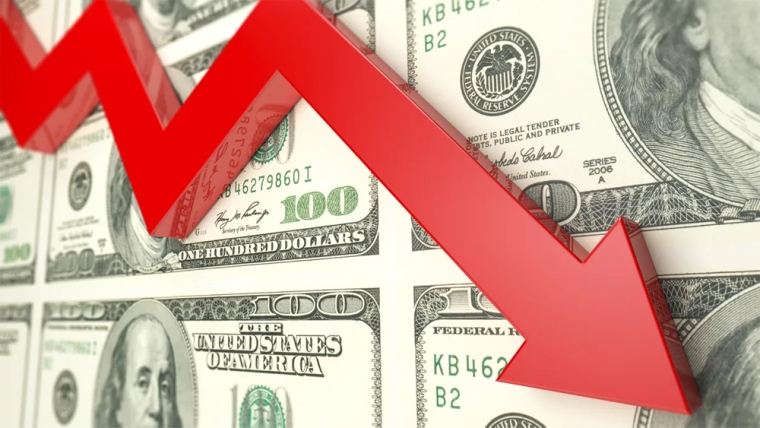
In-line US CPI figures showing less impact of tariffs on goods prices than feared, supported lower US short-term rates. With relatively steady long-term rates, the Treasuries curve steepened. US equities show solid gains to fresh record highs, while the USD is broadly weaker.
US CPI data were close to market expectations, with headline and core inflation of 0.2% and 0.3% m/m respectively in July, seeing annual headline inflation steady at 2.7% and the core rate increasing to 3.1% y/y, its highest annual inflation in five months.
Digging into the weeds of the report, the pass-through of tariffs into goods prices was less than expected, with goods prices ex autos rising by just 0.2% m/m and Pantheon Macroeconomics noted a lack of correlation between import concentration of goods items and inflation, unlike last month. This could indicate that firms rather than consumers are absorbing the full force of the tariffs. Services prices were stronger, not helped by a 4% jump in airfares, while the “super core” services index, which strips out housing and energy costs rose by 0.5%, its largest increase since January.
The market seemed pleased about the lower pass-through of tariffs and saw this as giving the Fed the green light to cut rates at its next meeting, this now being priced at 24bps, with 60bps of priced through the year, up from 57bps yesterday. The Treasuries curve has steepened, with more front-loading of rate cuts dragging down the 2-year rate by 4bps for the day to 3.73% while, after an initial fall, the 10-year rate is up 1bp to 4.29%.
US equities show strong gains, with the S&P500 and Nasdaq index both up more than 1% to fresh record highs, seemingly unperturbed with the read from the CPI that if consumers aren’t taking the full hit from tariffs then corporate profit margins much be lower.
President Trump again lashed out at “Too Late” Powell and said he was “considering” allowing a major lawsuit against him “because of the horrible, and grossly incompetent, job he has done in managing the construction of the Fed Buildings.”
Meanwhile, Trump’s new pick to lead the Bureau of Labor Statistics, EJ Antoni suggested on Fox TV that the BLS suspends publication of the monthly jobs report, until it is corrected, but keep publishing more accurate, but less timely quarter data. His interview was recorded before Antoni was tapped for the job. White House press secretary Leavitt said the plan and the hope is that “these monthly reports will be the data that the American people can trust.”
The combination of the front-loaded easing and Antoni’s comments, seen to be eroding credibility in long-standing US institutions, drove down the USD, seeing dollar indices down 0.3-0.4% for the day. European currencies have showed stronger gains than commodity currencies and the yen. The NZD made a sustained push above 0.5950 while the AUD has settled around 0.6530. There was little net reaction to the RBA’s policy update (see below), with NZD/AUD little changed around 0.9120. The NZD is slightly weaker against GBP and EUR, with NZD/GBP dipping below 0.44 at its lows and NZD/EUR dipping below 0.51.
UK labour market data didn’t move the needle, with the key private sector earnings excluding bonuses figure ticking down to 4.8% y/y, as expected, while the unemployment rate was steady at 4.7%.
Yesterday, the RBA cut its cash rate by 25bps to 3.6%, as widely anticipated, and Governor Bullard said the bank’s forecasts were conditioned on a couple more cuts. On this basis, inflation tracks lower and settles at the mid-point of the 2-3% target range. Market pricing shows a strong consensus that the RBA will cut at alternate meetings from here, delivering 25bps cuts in November and February. The policy update was less hawkish than some feared, and this supported slightly lower short-term rates, while the net impact on the AUD was minimal.
In the domestic rates market, NZGB and swap yields were flat to down 1bp, against a backdrop of slightly higher Australian rates heading into the RBA meeting. While Australian rates reversed course post announcement, the move at the 10-year maturity has mostly unwound, and with the bond future down just 1bp in yield terms since the NZ close.
In the day ahead, NZ card spending data and Australian wage data are released, with no notable releases on the global economic calendar tonight.

We welcome your comments below. If you are not already registered, please register to comment
Remember we welcome robust, respectful and insightful debate. We don't welcome abusive or defamatory comments and will de-register those repeatedly making such comments. Our current comment policy is here.